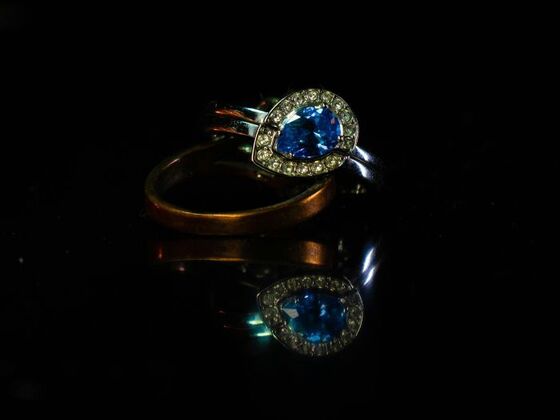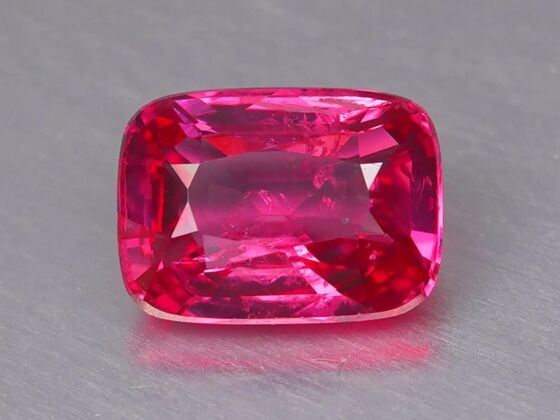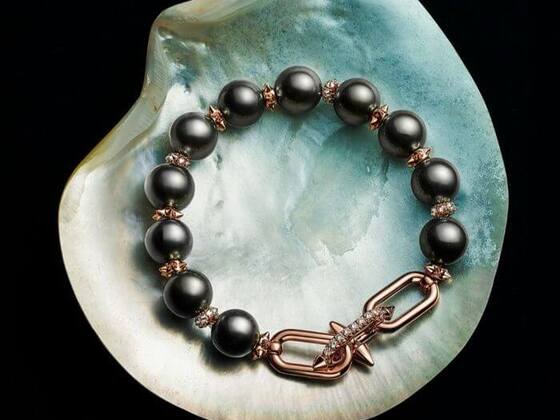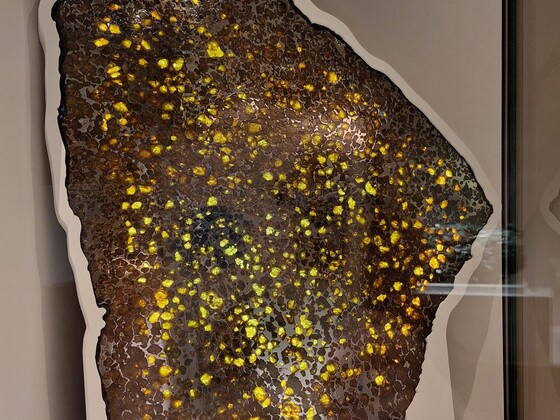Lab-Grown vs. Natural Diamonds: Ultimate 2025 Buyer’s Guide
Lab-Grown vs. Natural Diamonds is an ongoing discussion for 2025 buyers. Diamonds have long been cherished as timeless symbols of love, luxury, and enduring value. Whether adorning engagement rings, heirloom jewellery, or prestigious collections, these sparkling gems carry stories that transcend generations. However, as we enter 2025, the diamond landscape is evolving rapidly with the advent of lab-grown diamonds and their growing popularity. This innovation has introduced a new dimension to the diamond-buying experience, offering consumers fresh choices that blend technology, ethics, and affordability. The question many buyers face today is whether to embrace the cutting-edge allure of lab-grown diamonds or to stick with the age-old tradition and rarity of natural diamonds.
This comprehensive guide illuminates both options’ key differences, benefits, and considerations, empowering you to make a confident, informed decision tailored to your unique preferences and values.
What Are Lab-Grown Diamonds?
Lab-grown diamonds are sometimes called synthetic or man-made diamonds. However, they are genuine diamonds created through advanced technological processes in controlled laboratory environments. Unlike simulants such as cubic zirconia or Moissanite, lab-grown diamonds share the exact same chemical composition, crystal structure, and optical properties as natural diamonds. This means they sparkle with the same brilliance, hardness, and fire that have captivated humanity for centuries. Despite being created above ground, lab-grown diamonds are real diamonds in every meaningful sense, and their emergence has challenged traditional notions about rarity and authenticity. Yet, many misconceptions persist- some buyers mistakenly believe lab-grown diamonds are inferior or artificial, when in fact they are identical to natural diamonds on a molecular level.
How Lab-Grown Diamonds Are Made
The process of creating lab-grown diamonds is a marvel of modern science. It employs two primary methods that replicate the natural conditions under which diamonds form deep within the Earth.
- The first, High-Pressure High-Temperature (HPHT), involves subjecting carbon to intense pressure and heat conditions that mimic the Earth’s mantle. This causes the carbon atoms to crystallise into diamonds. This method has been used since the 1950s and is particularly effective for producing gem-quality diamonds.
- The second, more recent method, Chemical Vapour Deposition (CVD), uses a vacuum chamber where carbon-rich gases are broken down into atomic components. These carbon atoms then settle onto a diamond seed, gradually building up layers to form a high-quality diamond crystal. Both techniques allow precise control over the diamond’s size, shape, and quality, enabling producers to craft stunning gems that meet rigorous standards.
The Benefits of Lab-Grown Diamonds
Lab-grown diamonds offer several compelling advantages that resonate strongly with today’s conscientious consumers. Firstly, they provide ethical sourcing, as their creation bypasses the complex and sometimes problematic supply chains associated with mined diamonds. This includes concerns about conflict or “blood” diamonds. This transparency offers peace of mind to buyers who want their purchase to reflect their values. Secondly, lab-grown diamonds generally have a smaller environmental footprint than traditional mining. Traditional mining can involve significant land disruption, habitat destruction, and carbon emissions. While lab production does consume energy, many manufacturers are increasingly adopting renewable energy sources, further enhancing sustainability. Finally, the transparency and traceability inherent in lab-grown diamond production allow consumers to know exactly where and how their diamond was made, a level of accountability that is difficult to achieve with natural diamonds.
What Are Natural Diamonds and How Do They Form?
Natural diamonds result from a breathtaking geological journey that spans billions of years beneath the Earth’s surface. These precious gems are formed under extraordinary conditions of heat and pressure, deep within the Earth’s mantle, before being transported to the surface through volcanic activity. The natural origin of these diamonds imbues them with a sense of wonder and uniqueness that has fascinated humans since ancient times. Their formation is a slow, complex process that cannot be replicated outside nature’s vast timescale. This makes each natural diamond a one-of-a-kind treasure with a story written in the very fabric of the Earth.
The Formation Process of Natural Diamonds
Natural diamonds begin as carbon atoms trapped in the Earth’s mantle, approximately 90 to 120 miles beneath the surface. Over millions to billions of years, these carbon atoms undergo intense pressure, up to 725,000 pounds per square inch, and temperatures exceeding 1093°C. These extreme conditions cause the carbon atoms to bond in a unique crystal lattice structure, creating the hardest natural material known to science. Eventually, volcanic eruptions known as kimberlite or lamproite pipes thrust these diamonds closer to the Earth’s surface, where they can be mined. This extraordinary geological process is responsible for natural diamonds’ rarity and enduring allure.
The Rarity and Uniqueness of Natural Diamonds
Because natural diamonds are formed over vast timescales and under very specific conditions, they are inherently rare and unique. No two natural diamonds are exactly alike; each carries subtle variations in crystal structure, inclusions, and colouration that tell a story of its ancient origins. This rarity drives the high value of natural diamonds, making them coveted for their beauty and status as tangible pieces of Earth’s history. Collectors and investors prize natural diamonds for their scarcity and the emotional resonance of owning a gem that has been millions of years in the making.
Lab-Grown vs. Natural Diamonds: A Detailed Comparison
As the diamond market evolves in 2025, understanding the nuanced differences between lab-grown and natural diamonds is essential. While both types share many physical characteristics, they vary in cost, availability, and long-term value.
Price Comparison: Lab-Grown vs. Natural Diamonds in 2025
One of the most striking differences between lab-grown and natural diamonds is price. Lab-grown diamonds typically cost 30-50% less than natural diamonds of comparable size, cut, colour, and clarity. This price gap is due primarily to the efficiencies of lab production, which avoids the high costs associated with mining, transportation, and middlemen. Lab-grown diamonds offer exceptional value for buyers on a budget or those seeking larger stones without compromising quality. Conversely, natural diamonds command a premium price driven by their geological rarity, mining expenses, and established market demand. In 2025, despite fluctuations, natural diamonds continue to be priced as luxury assets, reflecting their status as rare and finite resources.
If you’re curious about what drives diamond prices, several essential factors must be considered. Elements like carat weight, cut, colour, and clarity, often called the 4Cs, play a significant role in determining a diamond’s value. Market trends, supply and demand, and whether a diamond is lab-grown or natural can also significantly impact pricing in 2025. For a deeper dive into these influences and to better understand how they affect what you’ll pay, explore our detailed resource: Diamond Price Per Carat: What Factors Affect Value. This guide will help you make sense of the diamond market and shop confidently.
Appearance and Quality Differences
Visually, lab-grown and natural diamonds are virtually indistinguishable to the naked eye. Both can achieve the highest grades in the 4Cs-colour, clarity, cut, and carat weight-and sparkle with the same brilliance and fire. Advanced gemological equipment is often required to differentiate them. Both types of diamonds are certified by reputable labs such as GIA or IGI, with lab-grown diamonds frequently laser-inscribed to indicate their origin. This parity in appearance means buyers can confidently choose based on other factors such as price, ethics, or investment potential without sacrificing beauty or quality.
Rarity and Availability
Natural diamonds are finite, and their supply is constrained by geological scarcity and the pace of mining operations. This scarcity contributes to their exclusivity and long-term value. Lab-grown diamonds, however, can be produced on demand, resulting in a more stable and abundant supply. This availability allows for greater customisation and accessibility, but it also means lab-grown diamonds lack the rarity that natural diamonds inherently possess.
Is a Lab-Grown Diamond Worth It?
Pros and Cons of Lab-Grown Diamonds
Lab-grown diamonds have many advantages, including affordability, ethical sourcing, and environmental benefits. They allow consumers to purchase larger or higher-quality stones within a budget and support more sustainable practices. However, there are also some drawbacks to consider. Lab-grown diamonds currently have a lower resale value than natural diamonds, as the market for secondhand synthetic stones is still developing and prices tend to decline over time. Additionally, some traditional buyers may perceive lab-grown diamonds as less meaningful or special, given their man-made origin. Understanding these trade-offs is crucial when deciding if a lab-grown diamond aligns with your priorities.
Are Lab-Grown Diamonds a Good Investment?
From an investment perspective, lab-grown diamonds generally do not hold their value or appreciate like natural diamonds. The cost of production is expected to decrease further as technology advances, which may drive prices down. Natural diamonds remain the safer choice for buyers primarily seeking a financial asset. However, lab-grown diamonds can be a highly worthwhile purchase if you want to own a beautiful, ethically sourced diamond without the pressure of investment returns.
Ethics & Sustainability: Which Diamond Is More Eco-Friendly?
Environmental Impact of Lab-Grown Diamonds
Lab-grown diamonds typically have a smaller environmental footprint than mined diamonds, as they avoid the extensive land disturbance, water use, and habitat destruction associated with mining. That said, the energy consumption of lab-grown diamond production is significant, especially if powered by fossil fuels. Fortunately, many producers are transitioning to renewable energy sources, reducing their carbon footprint. As a result, lab-grown diamonds are increasingly regarded as the more sustainable choice for environmentally conscious consumers.
Ethical Considerations for Natural Diamonds
Natural diamonds have historically been linked to ethical challenges, including conflict diamonds that finance violence and human rights abuses. While initiatives like the Kimberley Process have made strides in curbing these issues, concerns remain about labour conditions, environmental degradation, and the transparency of supply chains. Buyers prioritising ethics must carefully research and select diamonds certified as conflict-free and sourced from responsible mining operations.
Do Lab-Grown Diamonds Hold Value? Investment Potential Explained
Resale Value of Lab-Grown Diamonds
The resale market for lab-grown diamonds is limited, with prices generally lower than the original purchase price. The growing supply and technological improvements may continue to depress resale values. Buyers should approach lab-grown diamonds primarily as personal purchases rather than investments.
Natural Diamonds: A Traditional Investment
Natural diamonds have a long history as tangible assets that can retain or increase value over time. They are often passed down as heirlooms or sold in secondary markets, where demand remains strong. While not immune to market fluctuations, natural diamonds are widely regarded as more reliable investments than their lab-grown counterparts.
Choosing the Right Diamond for You: Lab-Grown vs. Natural
Factors to Consider When Choosing a Diamond
Selecting the perfect diamond involves balancing factors such as your budget, ethical values, aesthetic preferences, and whether you view the diamond as an investment. Lab-grown diamonds offer greater affordability and ethical assurance, while natural diamonds provide rarity, tradition, and investment potential. Understanding what matters most to you will guide your choice.
When to Choose a Lab-Grown Diamond
Lab-grown diamonds are an excellent option if you want a larger or higher-quality stone without stretching your budget. They are also ideal if ethical sourcing and sustainability are paramount. And they suit buyers who appreciate technological innovation and transparency.
When to Choose a Natural Diamond
Natural diamonds may be preferable for those who value the geological history, rarity, and potential long-term investment benefits. Traditionalists and collectors often favour natural stones for their unique character and emotional significance.
Final Thoughts on Lab-Grown vs. Natural Diamonds in 2025
As we navigate the diamond market in 2025, both lab-grown and natural diamonds present compelling options, each with distinct advantages. Lab-grown diamonds are affordable, ethical, and environmentally conscious, perfect for modern buyers seeking value and transparency. Natural diamonds continue to captivate with their rarity, timeless appeal, and investment potential, appealing to those who cherish tradition and exclusivity. Ultimately, the best diamond is the one that resonates with your personal values, budget, and vision. Armed with knowledge and clarity, you can confidently select the diamond that will sparkle brilliantly in your life for years to come.
References
- Ellisons & Cahoons (29 January 2025). Lab Grown Diamonds: Trends for 2025
- Friesen, Garth (19 January 2025). Lab-Grown Diamonds Vs. Mined: What’s The Difference?
- Lee, Kenna (20 January 2025). Lab Grown Diamonds vs Natural: 6 Differences Between Them (2025)
- Solá, Ana Theresa (10 March 2025). More couples are choosing lab-grown diamonds over natural stones for engagement rings. Here’s why
- Anor Luxury (2025). Lab Grown Diamonds vs. Natural Diamonds: Full Difference (2025)
- RTE (4 February 2025). What’s the difference between lab-grown and natural diamonds?
- Friesen, Garth (22 March 2025). Lab-Grown Diamonds Boom: Is It Game Over For Mined Diamonds?
- Ellisons & Cahoons (28 April 2025). From Earth to Everlasting: Comparing the Legacy of Natural vs Lab‑Grown Diamonds


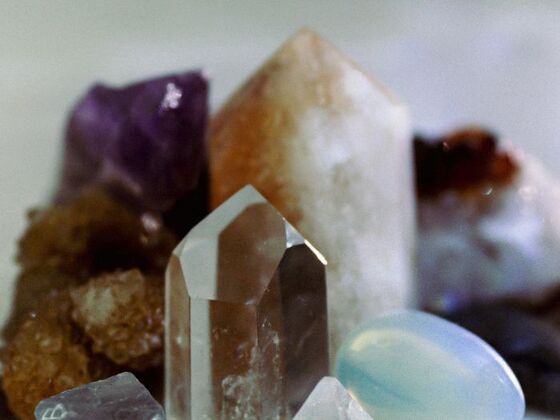
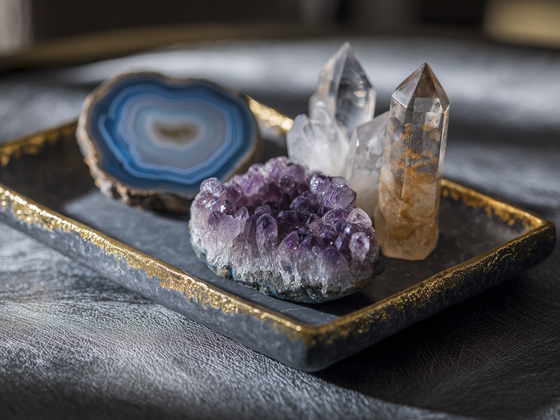
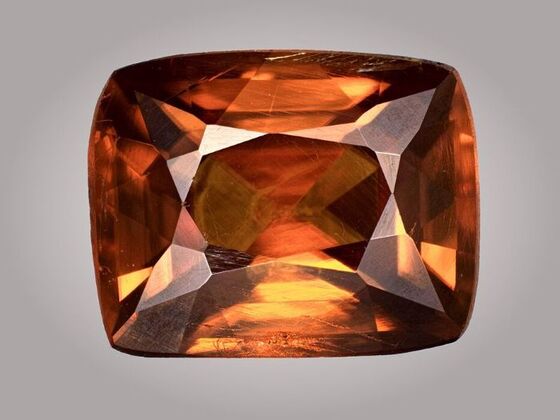
![Pigment analysis of Raphael's masterpiece[7][8] reveals the usual pigments of the renaissance period such as malachite mixed with orpiment in the green drapery on top of the painting, natural ultramarine mixed with lead white in the blue robe of Madonna and a mixture of lead-tin-yellow, vermilion and lead white in the yellow sleeve of St Barbara.](https://gemstonesinsider.com/wp-content/uploads/2025/09/Raphael-Madonna_Sistine_sm-560x420.jpg)
